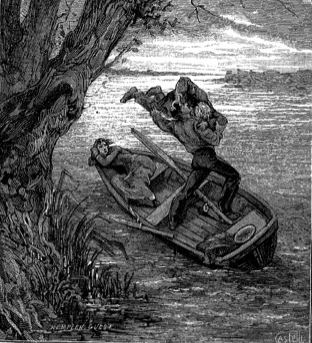 Thérèse Raquin and her lover Laurent Le Claire murder her husband Camille at a picnic. It’s a pivotal episode, proving Zola’s contention that people acting out the “fatalities of their flesh” become brutes humaines. Everything about this picnic...
Thérèse Raquin and her lover Laurent Le Claire murder her husband Camille at a picnic. It’s a pivotal episode, proving Zola’s contention that people acting out the “fatalities of their flesh” become brutes humaines. Everything about this picnic...
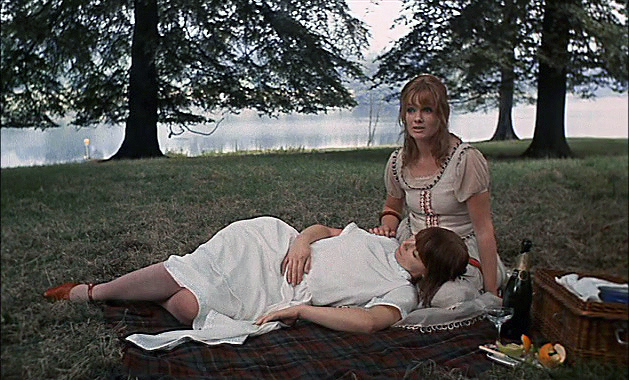 “How lovely it is to be free,” said Ursula, running swiftly here and there between the tree trunks, quite naked, her hair blowing loose. The grove was of beech trees, big and splendid, a steel-grey scaffolding of trunks and boughs, with level sprays of...
“How lovely it is to be free,” said Ursula, running swiftly here and there between the tree trunks, quite naked, her hair blowing loose. The grove was of beech trees, big and splendid, a steel-grey scaffolding of trunks and boughs, with level sprays of...
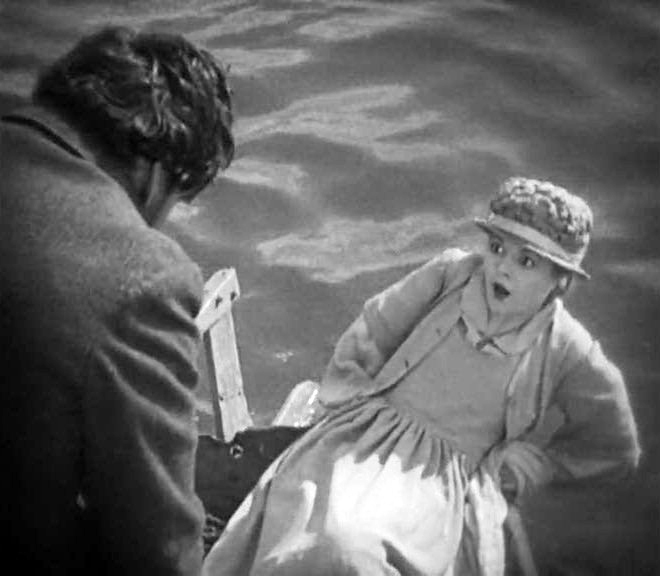 Dreiser’s picnic is hellish. It’s an expression of his dark view of humanity, like Zola’s proposition that when people succumb to the “fatalities of their flesh,” they are, and a sordid picnic is the “cataclysmic” center of An...
Dreiser’s picnic is hellish. It’s an expression of his dark view of humanity, like Zola’s proposition that when people succumb to the “fatalities of their flesh,” they are, and a sordid picnic is the “cataclysmic” center of An...
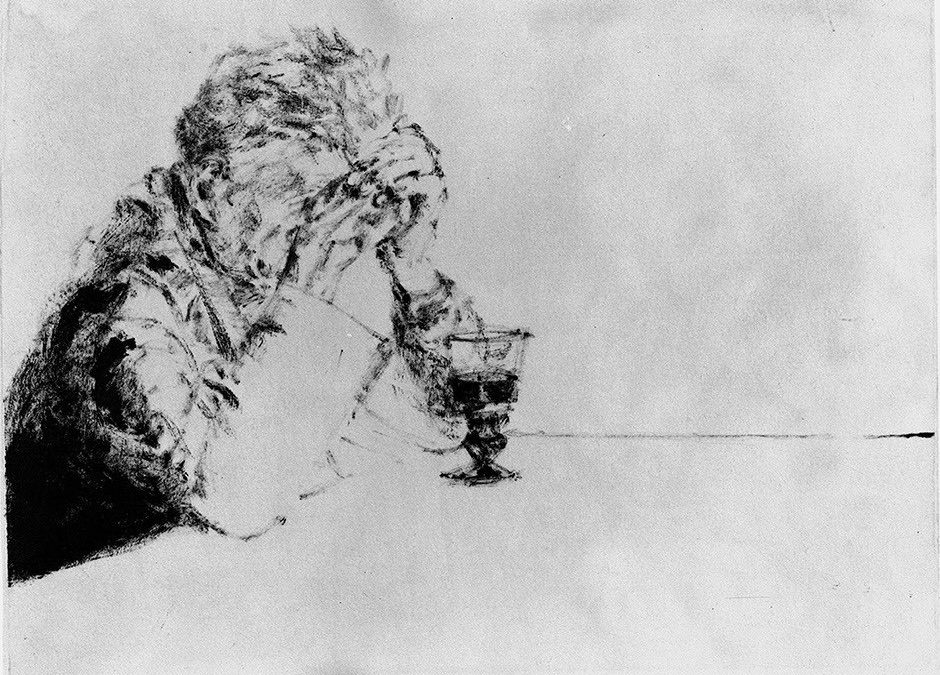 Time and details in Beckett’s Malone Dies are contradictory and often obscure. Events of the narrative are confusing, especially as it reaches a bloody climax that ends when Malone hacks six to death at a picnic. The picnic is narrated by the protagonist Malone...
Time and details in Beckett’s Malone Dies are contradictory and often obscure. Events of the narrative are confusing, especially as it reaches a bloody climax that ends when Malone hacks six to death at a picnic. The picnic is narrated by the protagonist Malone...
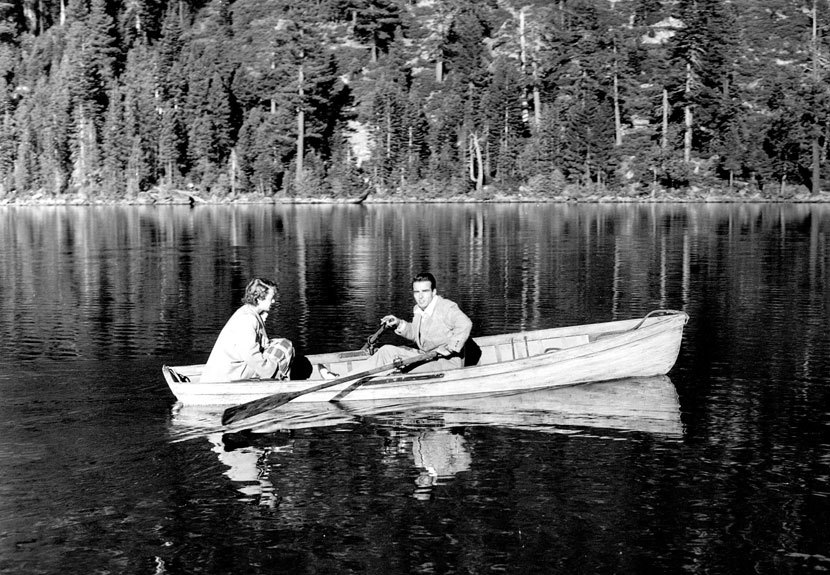 Stevens’s A Place in the Sun is a rework of Dreiser’s An American Tragedy. He renames the characters, too, so that Clyde Griffiths becomes George Eastman. It’s like renaming Dorothy in The Wizard of Oz or Tarzan. He and his screenwriters are emphatic...
Stevens’s A Place in the Sun is a rework of Dreiser’s An American Tragedy. He renames the characters, too, so that Clyde Griffiths becomes George Eastman. It’s like renaming Dorothy in The Wizard of Oz or Tarzan. He and his screenwriters are emphatic...
 Stevens’s A Place in the Sun is a rework of Dreiser’s An American Tragedy. He renames the characters, too, so that Clyde Griffiths becomes George Eastman. It’s like renaming Dorothy in The Wizard of Oz or Tarzan. He and his screenwriters are emphatic...
Stevens’s A Place in the Sun is a rework of Dreiser’s An American Tragedy. He renames the characters, too, so that Clyde Griffiths becomes George Eastman. It’s like renaming Dorothy in The Wizard of Oz or Tarzan. He and his screenwriters are emphatic...
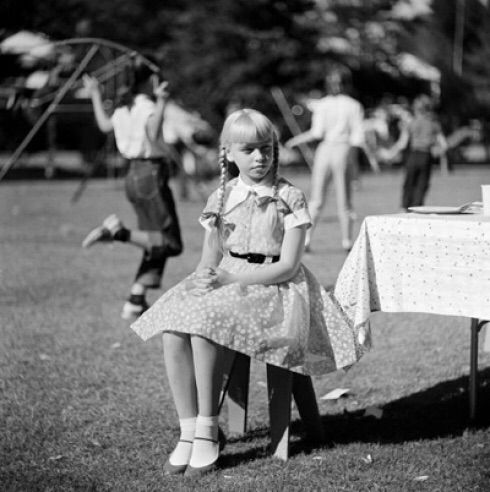 The horror of LeRoy’s The Bad Seed is serial killer Rhoda Penmark, a darling little girl with blond pigtails and blue eyes who murders a classmate at a school picnic because she covets his penmanship medal (pun intended). The picnic food is present but...
The horror of LeRoy’s The Bad Seed is serial killer Rhoda Penmark, a darling little girl with blond pigtails and blue eyes who murders a classmate at a school picnic because she covets his penmanship medal (pun intended). The picnic food is present but...
 Rhoda Penmark is a successful serial killer whose career begins at a school picnic. She looks innocent, a darling little girl with blond pigtails and blue eyes. But Rhoda’s interior is ruthless and murderous. Wanting the penmanship medal for herself...
Rhoda Penmark is a successful serial killer whose career begins at a school picnic. She looks innocent, a darling little girl with blond pigtails and blue eyes. But Rhoda’s interior is ruthless and murderous. Wanting the penmanship medal for herself...
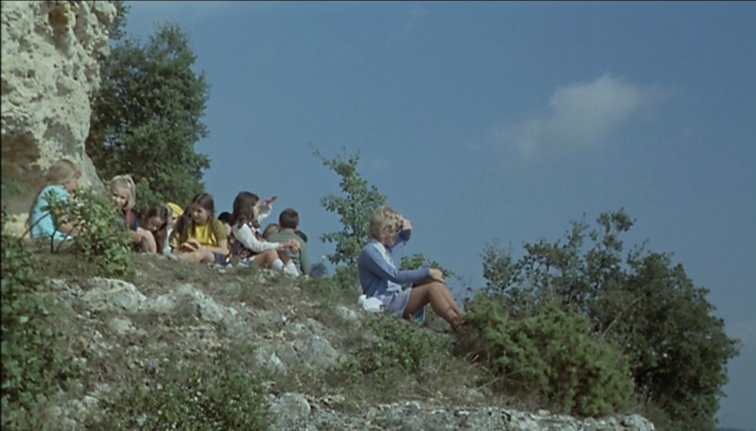 It’s an ordinary school trip when Hélène guides her class to Cougnac Caves above the Dordogne River. The cave paintings are thirty-thousand-year-old, but lunch is more important for the children. They chatter when Hélène has the children safely settled on the...
Bainbridge’s idea of picnic fun is a biting satire of an English company picnic during which everything that can go awry does, including murder. Two friends, Brendass and Freda, organize a picnic for the employees at an Italian wine and spirits shop on Hope Street in...
It’s an ordinary school trip when Hélène guides her class to Cougnac Caves above the Dordogne River. The cave paintings are thirty-thousand-year-old, but lunch is more important for the children. They chatter when Hélène has the children safely settled on the...
Bainbridge’s idea of picnic fun is a biting satire of an English company picnic during which everything that can go awry does, including murder. Two friends, Brendass and Freda, organize a picnic for the employees at an Italian wine and spirits shop on Hope Street in...










